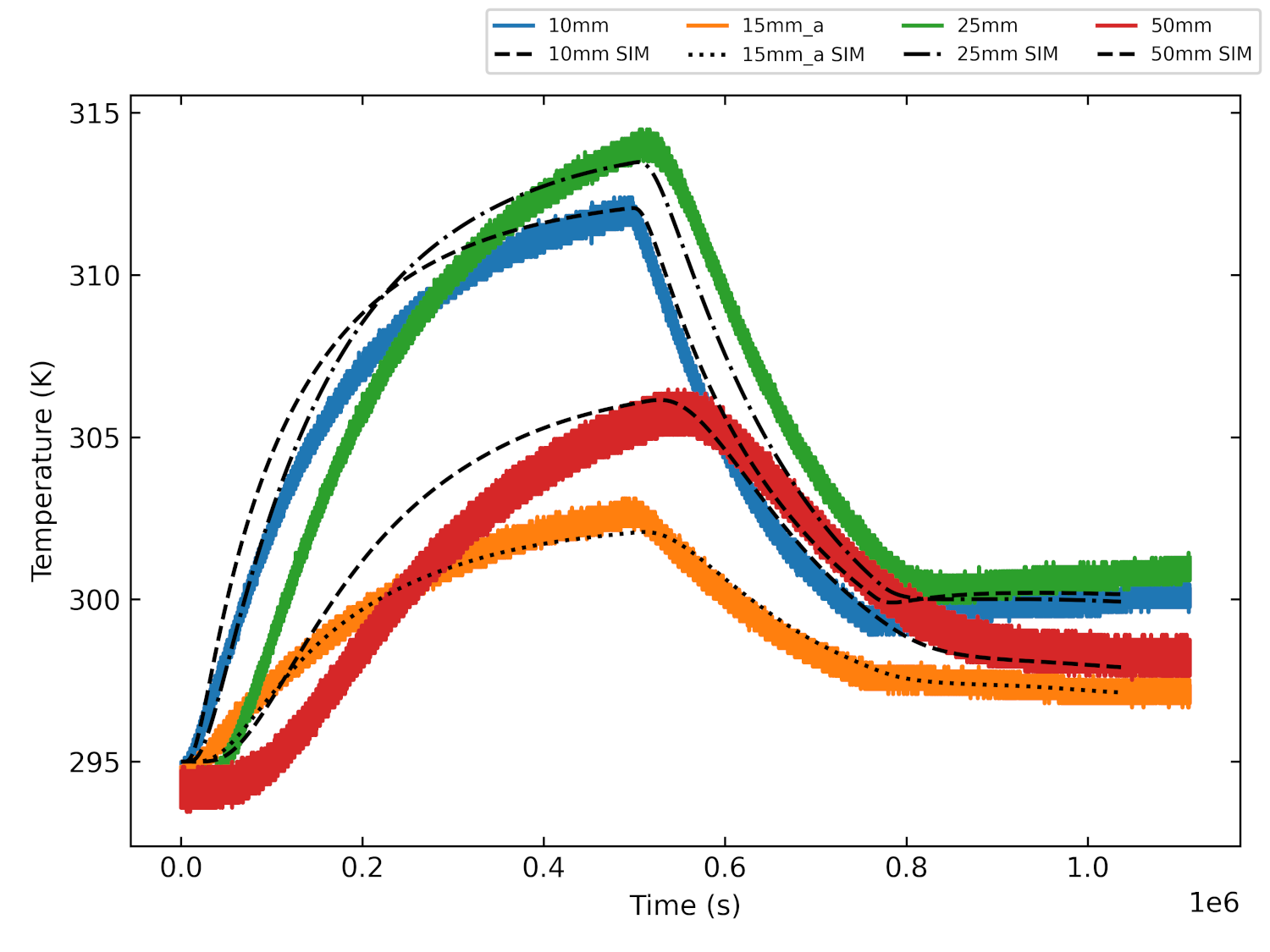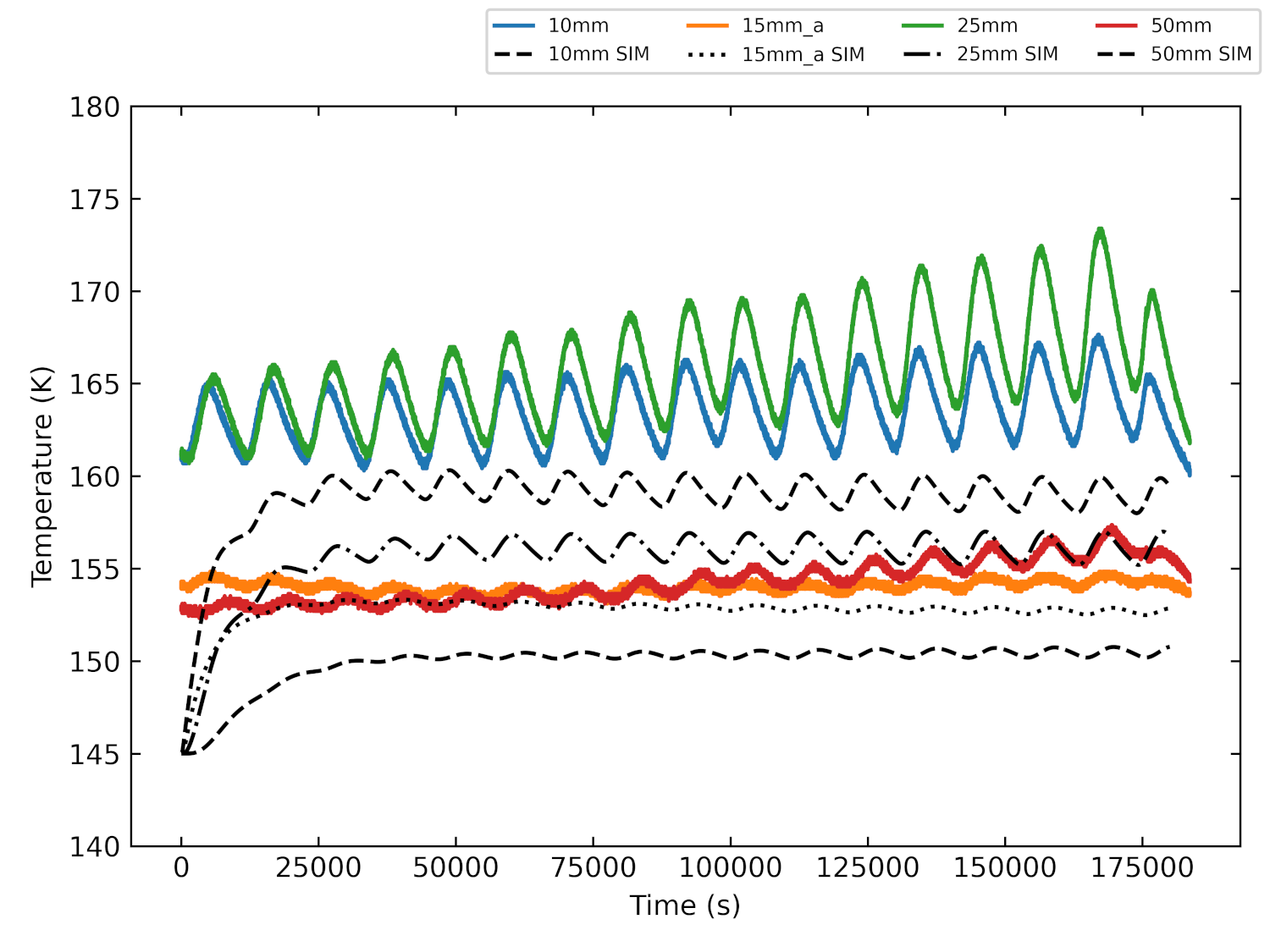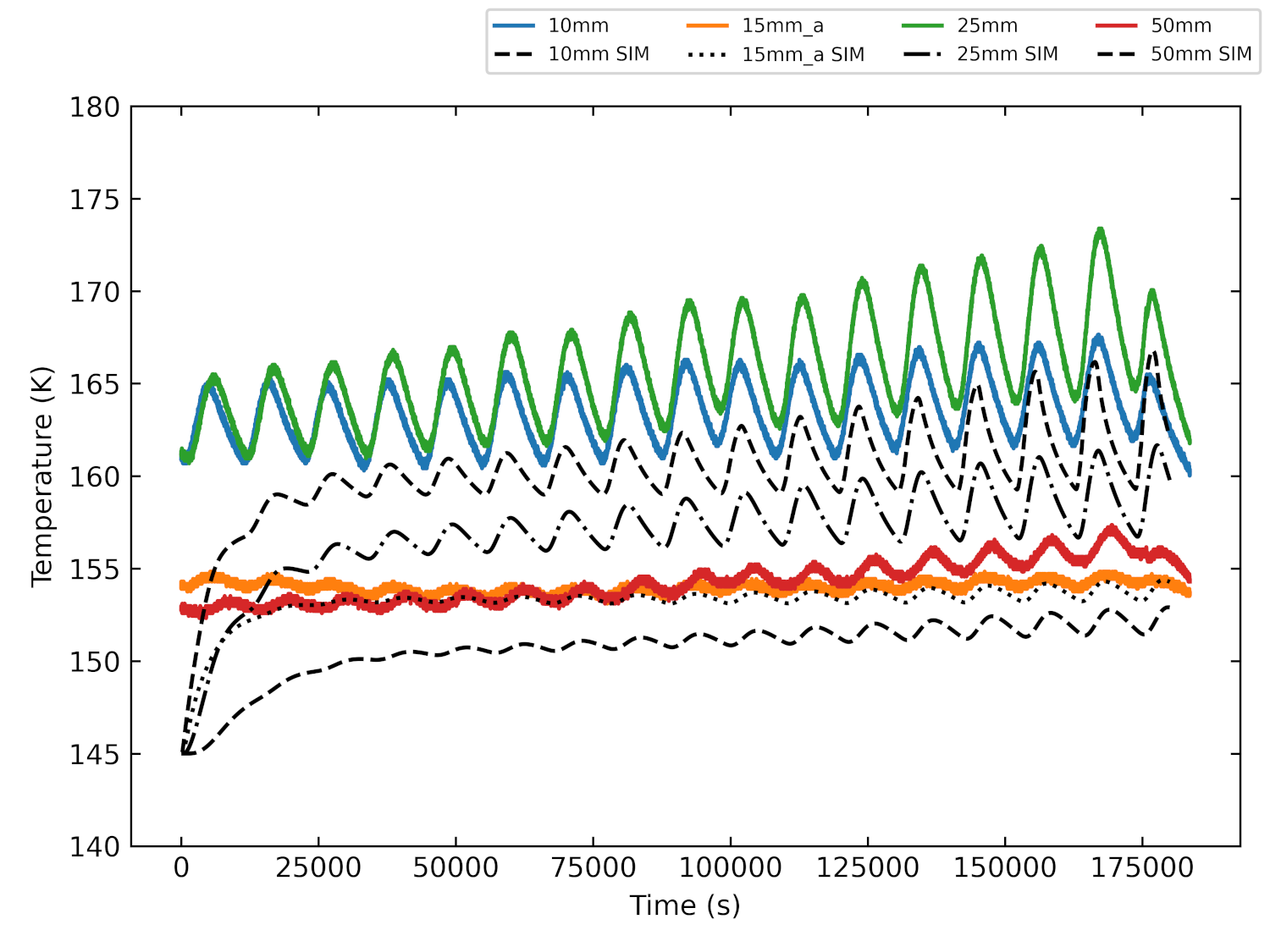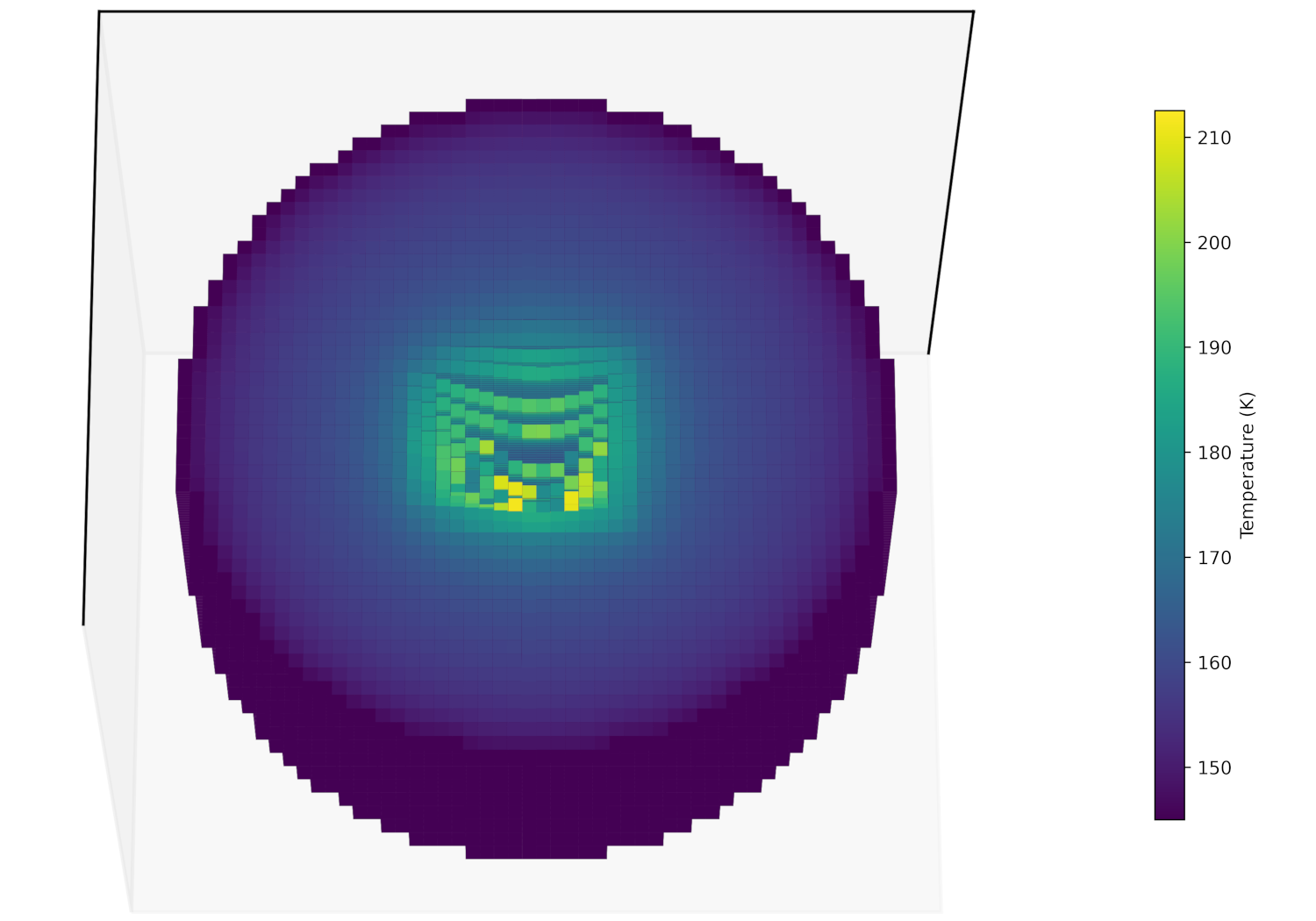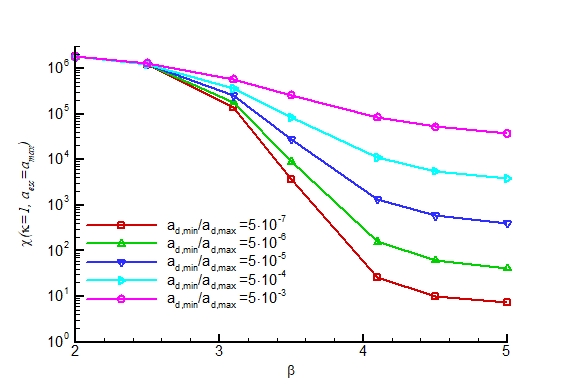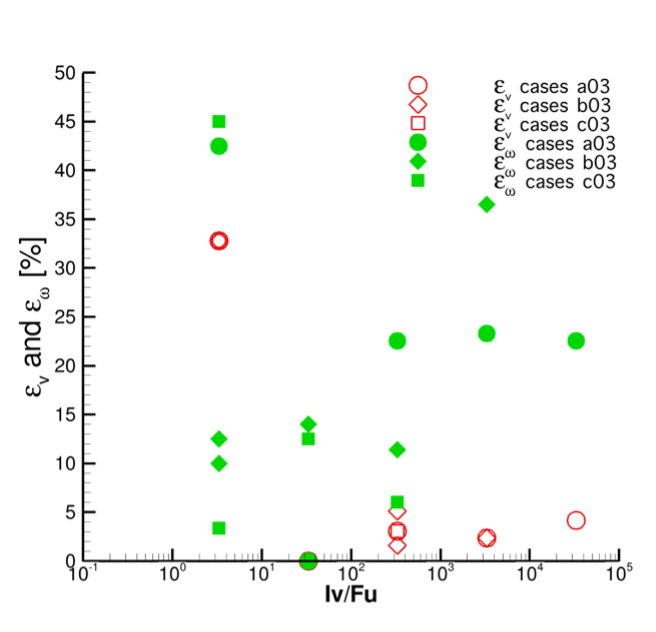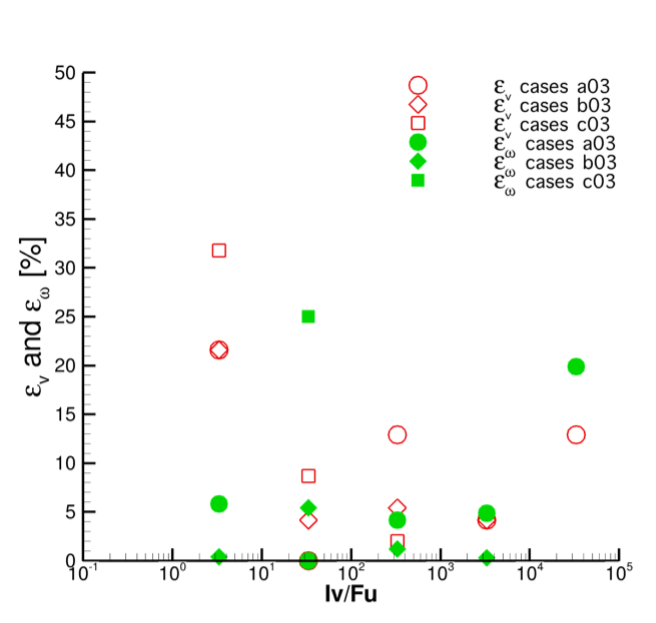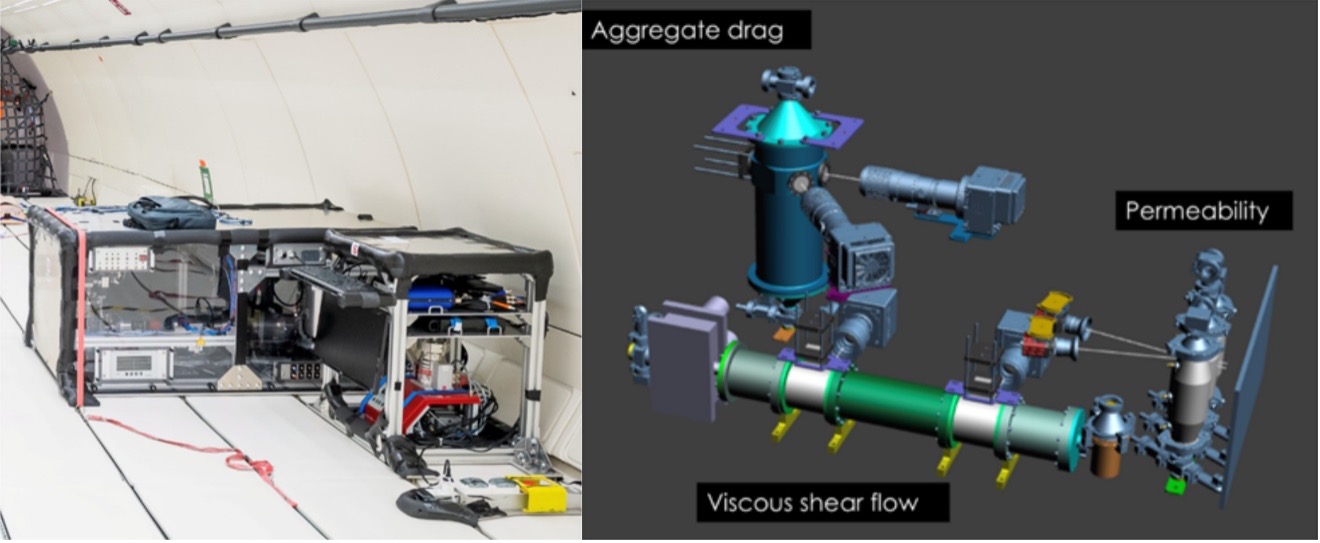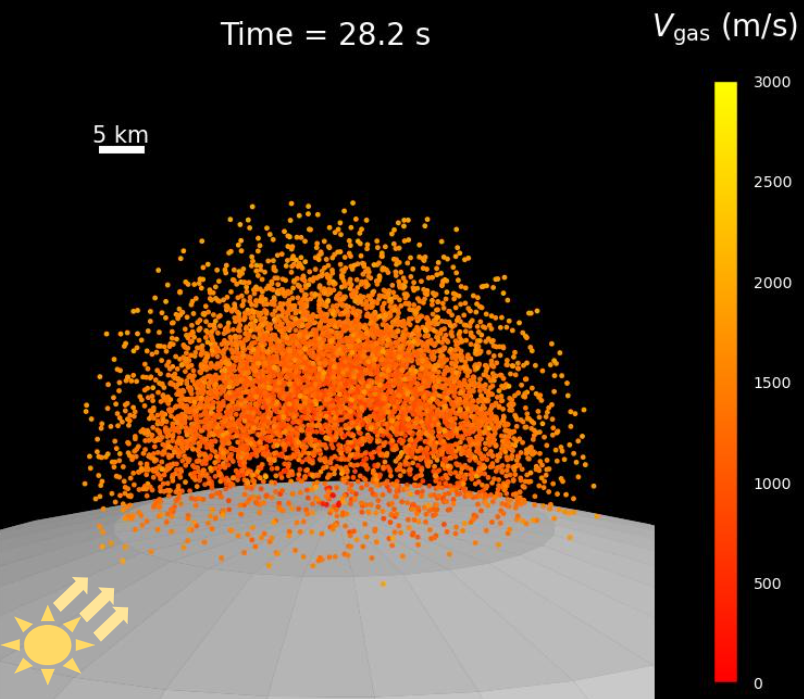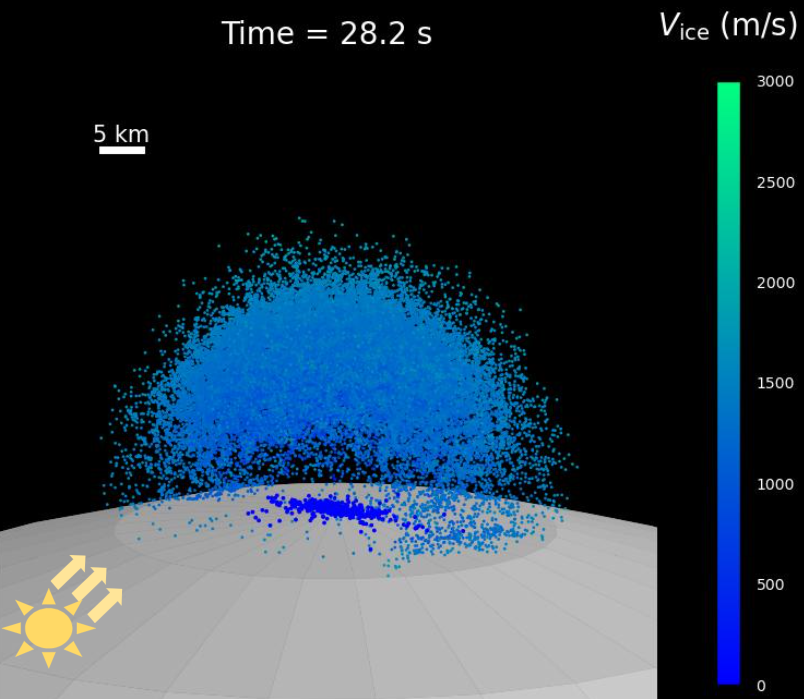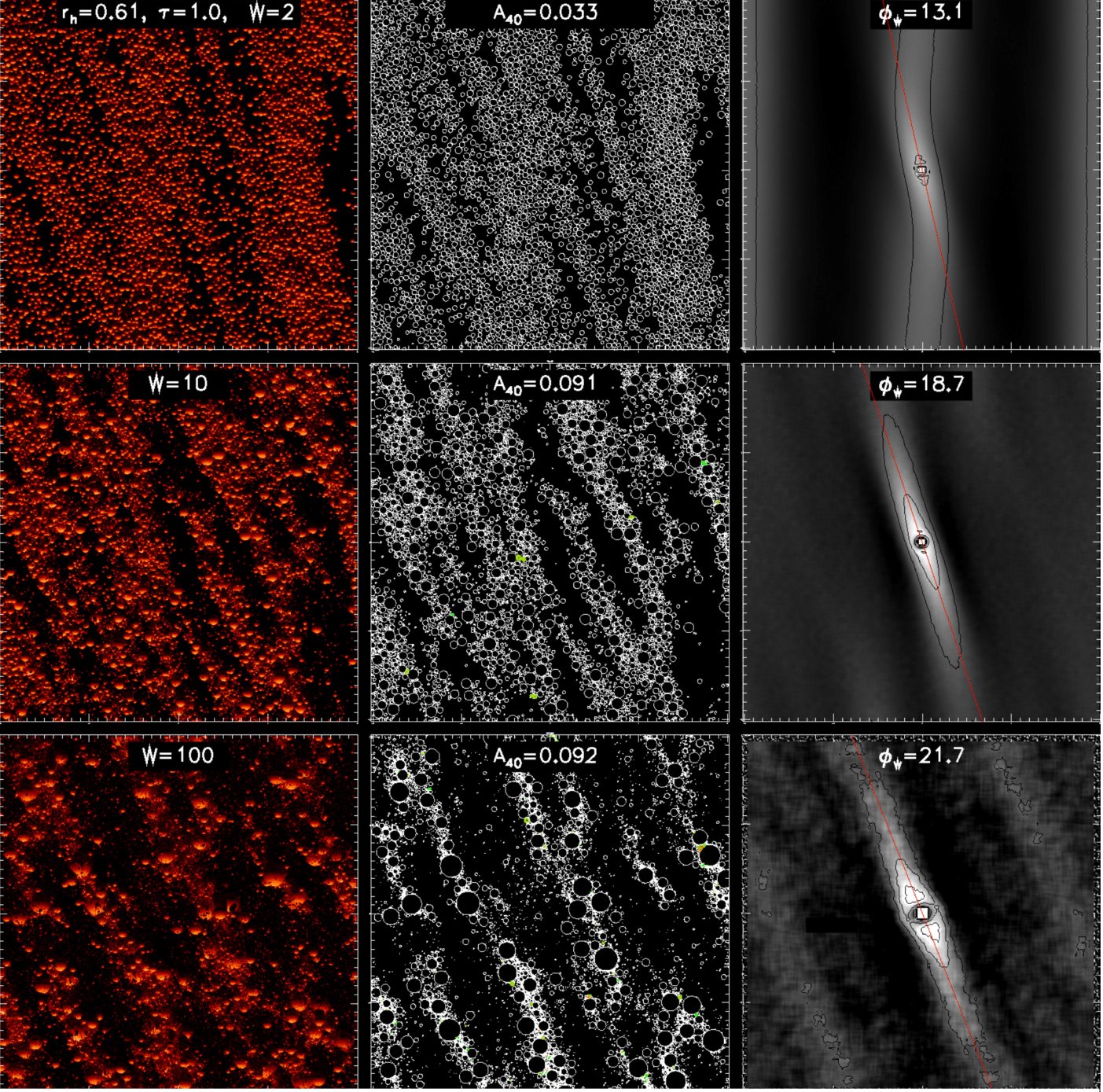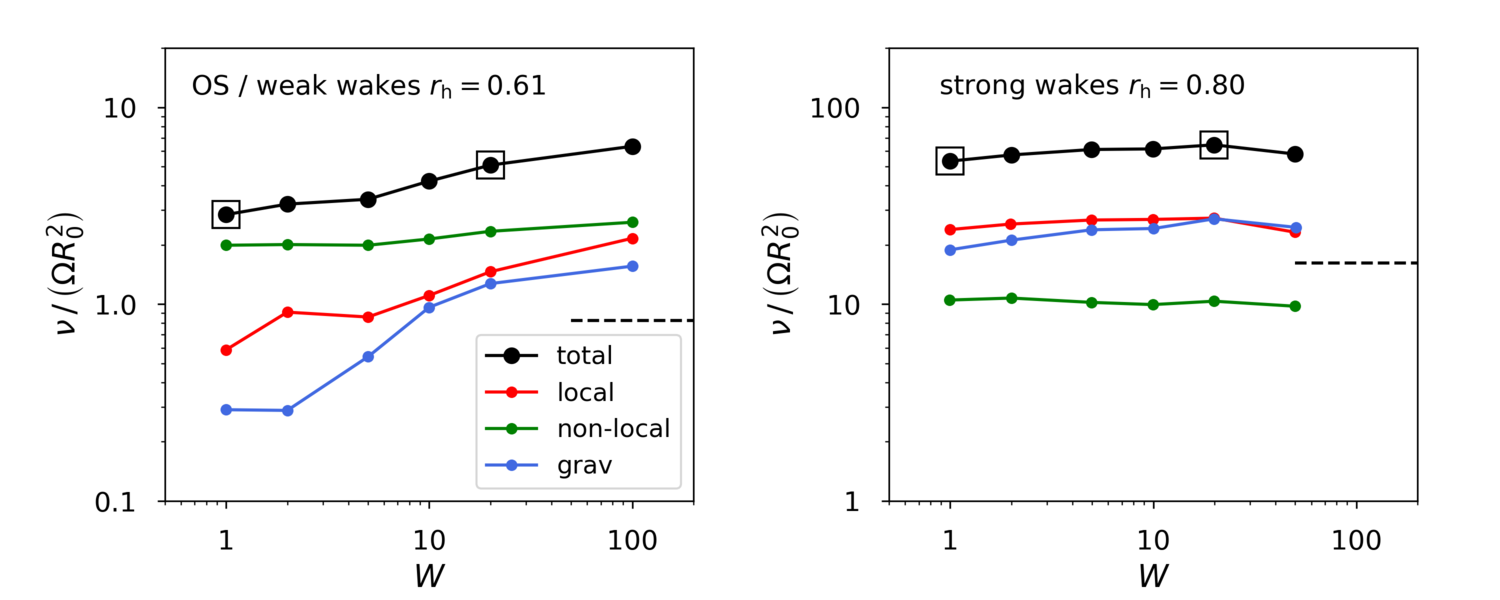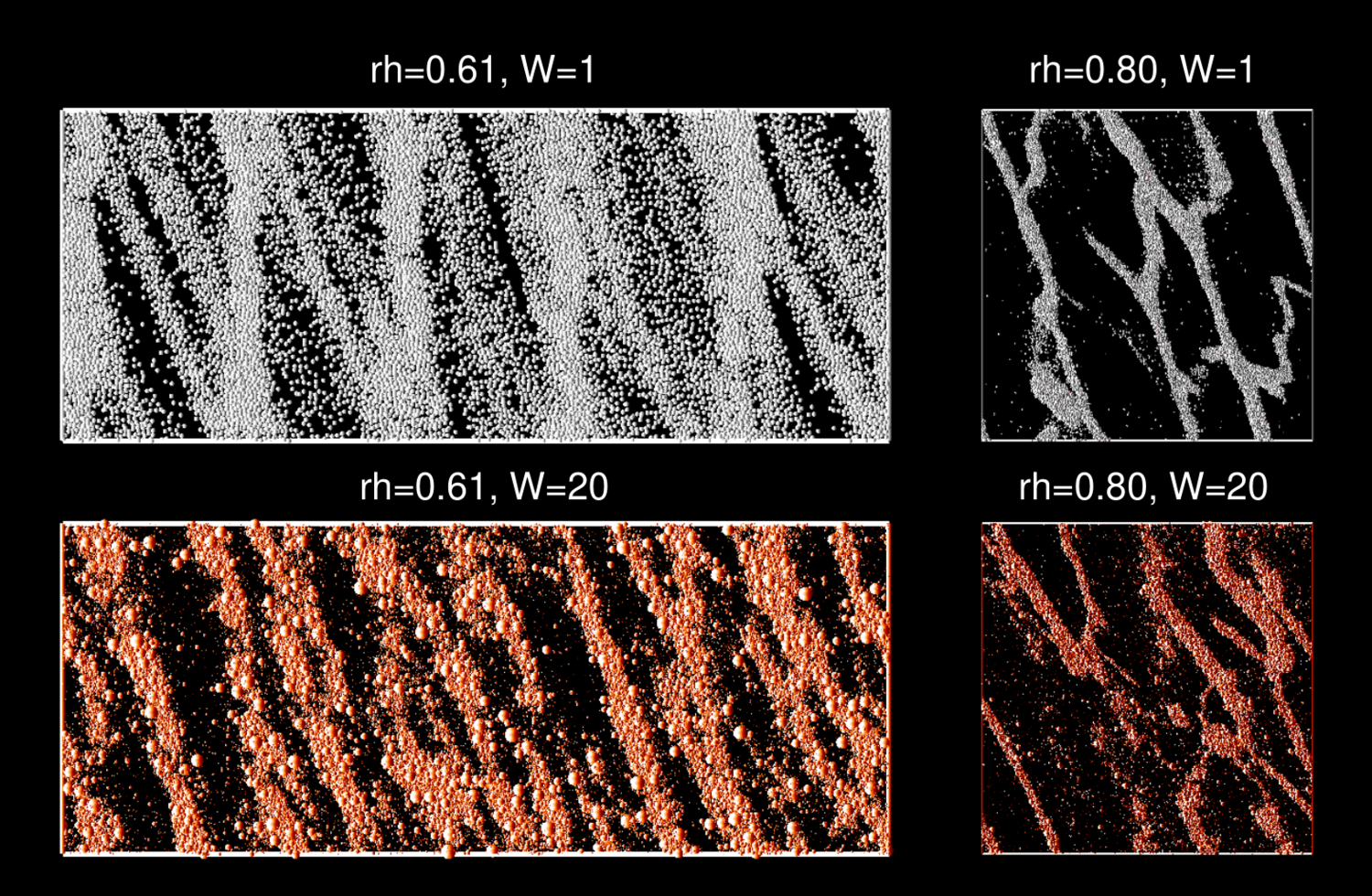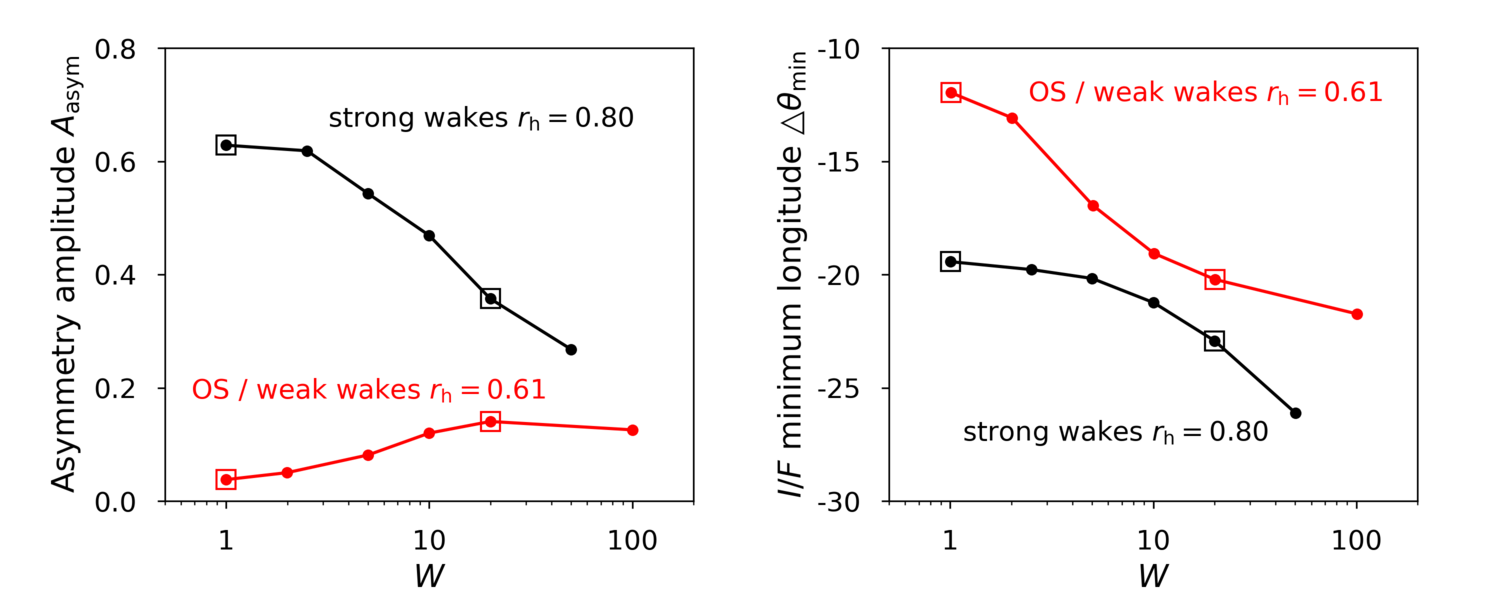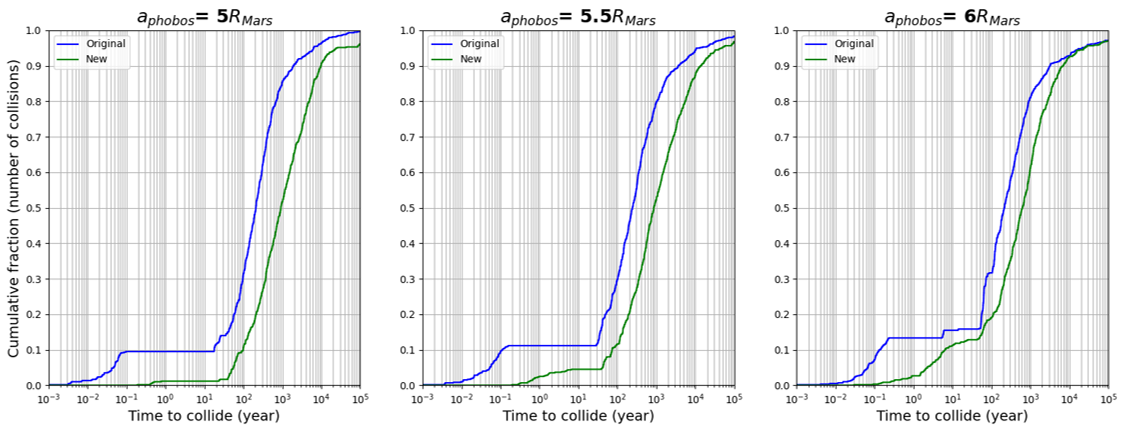SB7
Computational and experimental astrophysics of small bodies and planets
Co-organized by OPS
This session will include an introduction and discussion of new and/or existing laboratory studies in simulated space-like environments and models, experimental techniques, computational methods that can address the results of analytical, experimental and numerical analysis (with respect to computational methods and algorithms of solution) on the above described studies.
Abstracts on thermophysical evolution models of small bodies interiors as well as on the modeling of atmosphere and exosphere are welcome.
Session assets
10:30–10:45
|
EPSC2024-698
|
solicited
|
On-site presentation
10:45–10:55
|
EPSC2024-732
|
On-site presentation
10:55–11:10
|
EPSC2024-741
|
solicited
|
On-site presentation
11:10–11:20
|
EPSC2024-108
|
On-site presentation
11:20–11:25
Q&A 1
11:25–11:35
|
EPSC2024-230
|
On-site presentation
11:35–11:45
|
EPSC2024-1161
|
On-site presentation
11:45–11:55
|
EPSC2024-899
|
ECP
|
On-site presentation
11:55–12:00
Q&A 2
Lunch break
Chairpersons: Stavro Lambrov Ivanovski, Vladimir Zakharov, Raphael Marschall
14:30–14:45
|
EPSC2024-88
|
solicited
|
Virtual presentation
14:45–14:55
|
EPSC2024-178
|
ECP
|
On-site presentation
14:55–15:05
|
EPSC2024-55
|
ECP
|
On-site presentation
15:05–15:15
|
EPSC2024-565
|
ECP
|
On-site presentation
15:15–15:20
Q&A 3
15:20–15:30
|
EPSC2024-798
|
On-site presentation
15:30–15:40
|
EPSC2024-897
|
On-site presentation
15:40–15:55
|
EPSC2024-993
|
ECP
|
On-site presentation
15:55–16:00
Q&A 4
I19
|
EPSC2024-397
|
ECP
|
On-site presentation
I21
|
EPSC2024-655
|
On-site presentation
